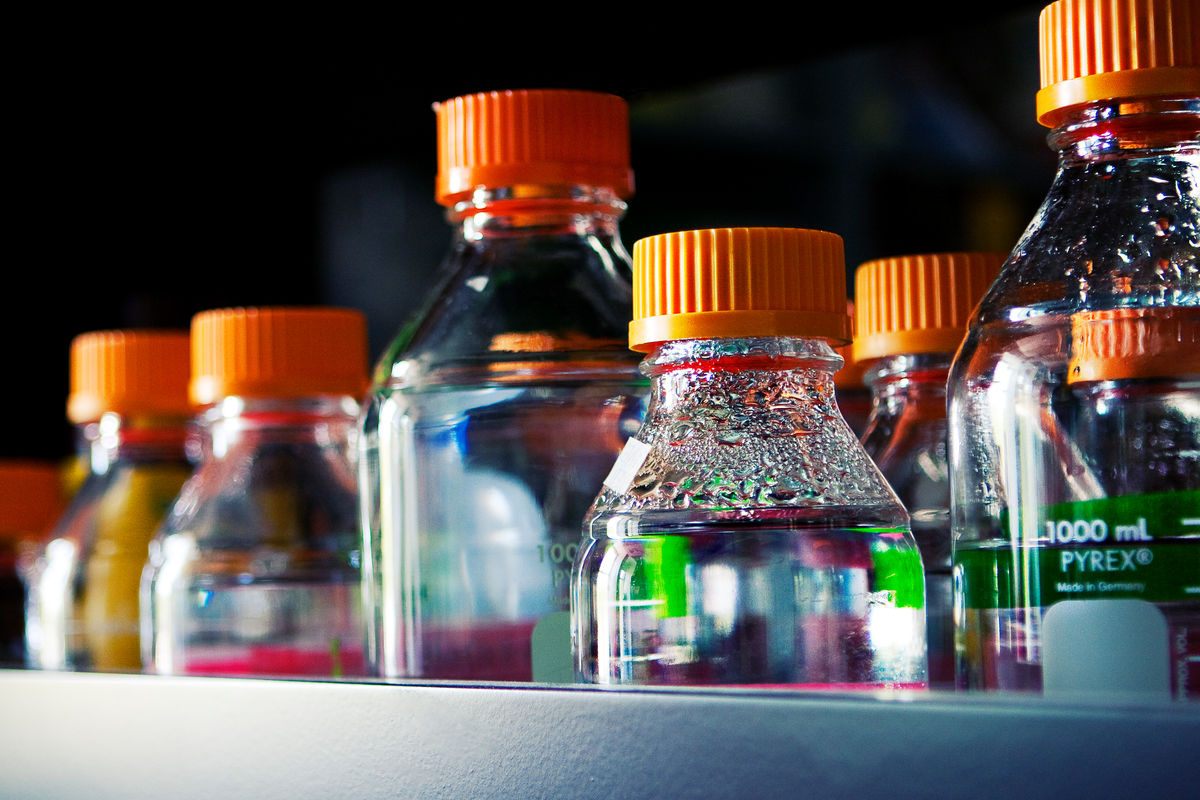
Our Chemical Engineering Analytical Facility (ChEAF) features state-of-the-art instrumentation for our graduate students and researchers. With this specialized equipment, they are able to give fundamental insight into the molecular and bulk physical properties of polymers needed to design novel materials and optimize their properties.
ChEAF was established with financial support from the Canadian Foundation for Innovation and the Ontario Innovation Trust.
To Request ChEAF Training and Lab Access, contact Mahmoud Khademi
The equipment in the Chemical Engineering Analytical Facility can be grouped into the following broad categories:
Our facility is equipped with a Thermo Scientific Evolution 300 UV-Vis spectrometer with Peltier temperature control, a Thermo Scientific Nicolet 6700 FT-IR spectrometer, and a PTI QM-2000-7 rapid temperature control spectrofluorometer to study bioactivity of compounds.
For particle size analysis, our versatile Zetasizer Nano ZS can handle particle size range from 0.3 nm to 10 µm. Particles with an expected diameter of 1 µm up to 2 mm are measured using laser diffraction by either a Beckman Coulter LS 13320 particle sizer or a Mastersizer 2000.
The comprehensive collection of instruments for characterization of molecular size and structure of polymers provides optimal coverage on topics within the field. The Varian CP-3800 GC is used to understand fundamental kinetics related to free radical polymerization. For latex, suspension, and polymeric solution, the Brookfield viscometer, and TensioCAD surface tensiometer provide essential property measurement. Molecular weight distribution and conformation characterization is our forte because we are able to perform triple detection GPC using our collection of four GPC units running a variety of common organic and aqueous mobile phase: Waters 2695 GPC with Wyatt EOS DAWN MALLS (low to mid-range, THF), Viscotek GPCMax with 270 detector array (mid-range to high molecular weight, THF), Agilent Infinity 1260 with MDS (Aqueous), Viscotek GPCMax with 302 detector array (DMF). The addition of Optilab to our GPC collection ensures that we can make reliable differential refractive index measurement in-house without resorting to other sources.
The facility is able to carry out ASTM standardized tensile and three-point bending flexural test using our Instron universal tester (5 kN load cell), as well as pendulum impact test using the BLI impact tester.
The combination of TA TGA Q500 and TA DSC Q100 within our facility is ideal for the study of transformations within materials, including but not limited to polymers, when temperature is varied.
The APA 2000 is unique in its ability of monitoring variation of rheological properties as a function of time under rapid temperature change and high strain rate. It’s indispensable for the study of curing kinetics as well as polymeric melt modification.
Our pilot scale compounding line centered on a state-of-the-art Coperion ZSK 18 ML twin screw extruder, equipped with a pelletizer. This setup is ideal for testing high value-added additives for formulations. Batch size as small as 200 g can be prepared.
A Carver press is right by the compounding line, affording us the fastest processing time for resins from raw to finished standardized testing samples.
ChEAF also performs characterization on solid material with large specific surface area and/or high porosity. Micromeritics ASAP 2010 and Anton Paar Autosorb iQ are both used to measure surface area and pore size distribution of particles by physisorption, while the latter is able to perform chemisorption analysis.
Mahmoud Khademi, PhD
Instrumentation Manager
613-533-2774
mahmoud.khademi@queensu.ca